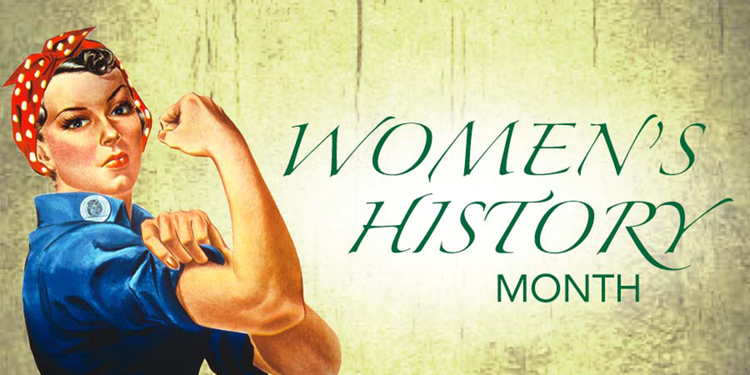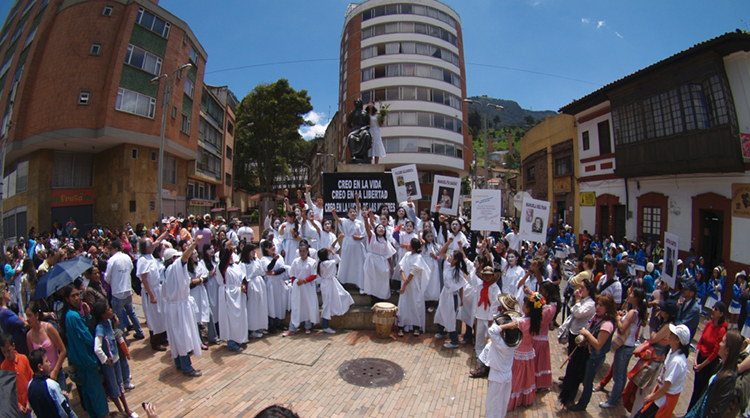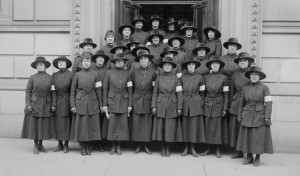International Women’s Day
Monday, March 8th, 2021Monday, March 8, is International Women’s Day (IWD). It is observed annually in many countries around the world. It serves to recognize and celebrate women’s cultural, economic, political, and social achievements and to promote women’s rights and gender equality. In some countries, IWD is a national holiday. In Australia, the United Kingdom, and the United States, the day falls within Women’s History Month.
Many different groups, such as businesses, charities, governments, international and nongovernmental organizations, and schools organize activities and events for International Women’s Day. Some groups declare a different IWD theme each year. Many people observe the day with political actions, including marches and rallies for women’s rights, and protests against sex discrimination, sexual harassment, and violence against women. Others participate in such activities as conferences, exhibitions, labor strikes, performances, and sporting events. Women in some countries traditionally receive flowers and small gifts, or time off from work.
International Women’s Day has its origins in the women’s labor and suffrage (voting rights) movements of the early 1900′s. The first National Woman’s Day was observed in the United States on Feb. 28, 1909. It was designated as such by the Socialist Party of America to commemorate a women garment workers’ march in New York City in 1908 demanding suffrage and better work conditions. In 1910, an International Conference of Working Women met in Copenhagen, Denmark. German attendees Luise Zietz and Clara Zetkin proposed an annual international women’s day to further women’s rights, especially woman suffrage. The proposal was received with great enthusiasm.
International Women’s Day first was held in 1911. It was observed on March 19 by more than 1 million people in Austria, Denmark, Germany, and Switzerland. Men and women participated in hundreds of demonstrations. They demanded the right of women to vote and hold public office, and protested sex discrimination in employment. People later began observing IWD on March 8. This date corresponds with protests by Russian women in the 1910′s against World War I (1914-1918) and conditions preceding the Russian Revolution of 1917. In 1975, as part of International Women’s Year, the United Nations (UN) began celebrating IWD on March 8. Today, IWD is celebrated in more than 100 countries.






